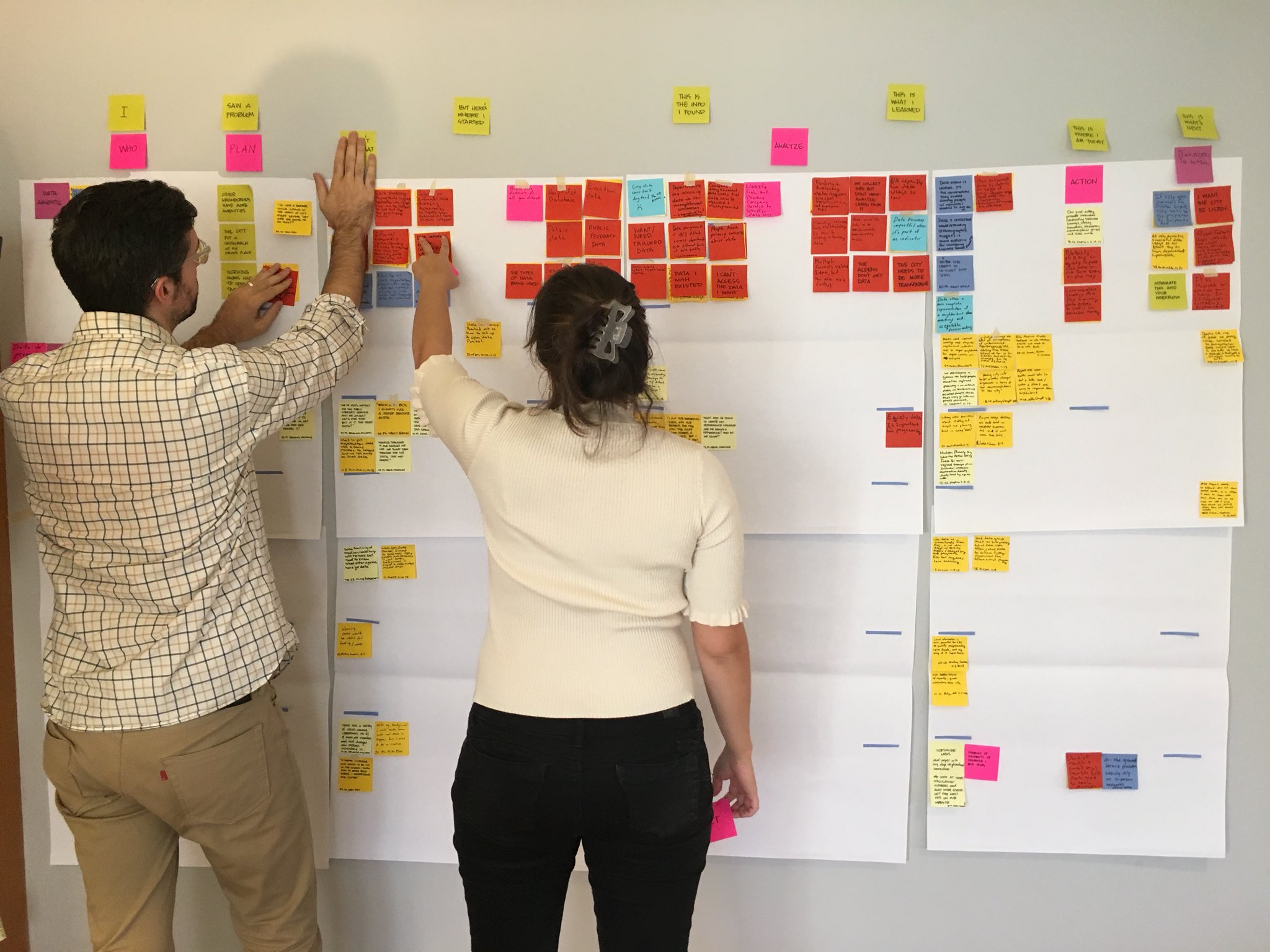Tools for Discovery
How to conduct user research for open data
Governments have the power to share open data and information that catalyzes community problem-solving. The challenge is knowing which data to share and how to share it. We’ve assembled the following strategies to help data providers find the right issue to tackle with open data, and to dive deeper into understanding residents’ information needs.

Finding a focus area
Looking to launch an open data project? Ensure work is grounded community needs by conducting research to determine potential data users and their information needs. The resources below are designed to help cities looking to launch a data program determine a clear focus area and understand effective methods of community engagement.
Understanding data users
Understanding data users is central to a user-centered approach to open data. Consider both current and potential data users, as well as community stakeholders.
User personas are fictional characters, but their characteristics are assembled from patterns across interviews with community members. This makes them useful in understanding residents and the roles, needs, and challenges of potential open data users.
Developing user personas can be an iterative process, building on research and design sprints according to the capacity and objectives of each individual program. Cities should create their own personas by conducting ethnographic research and synthesizing qualitative evidence into prototypes. If not immediately feasible, it may be optimal to workshop internal insights to create preliminary personas before investing in dedicated user research.

